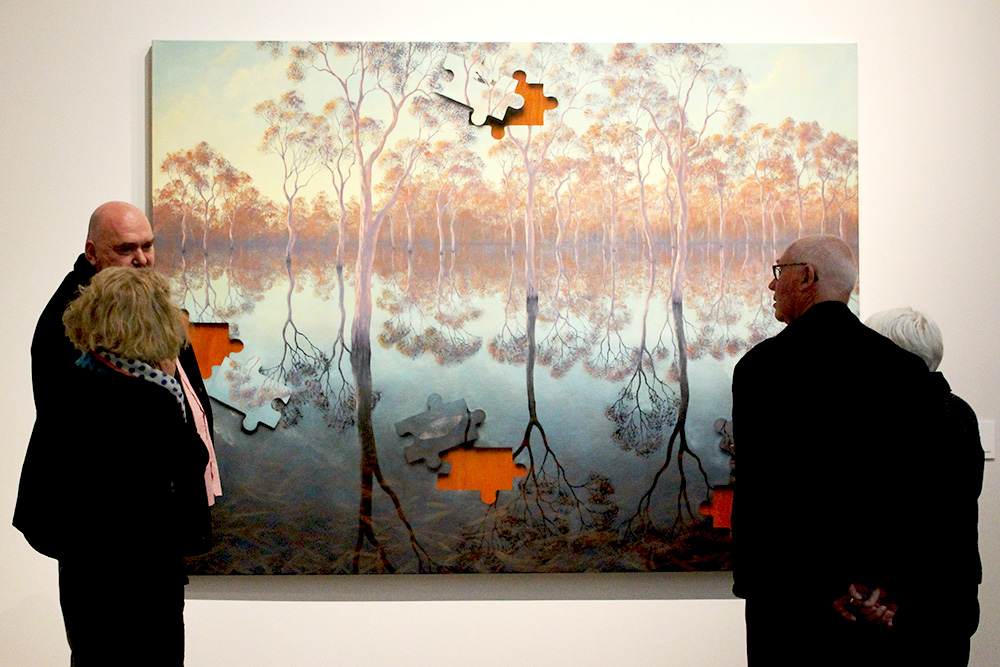Tara Corcoran
27 June 2018: Saliva might be the perfect way to determine if social interaction, facilitated by an art program, is effective at improving quality of life of people living with dementia, according to a University of Canberra researcher.
PhD candidate Nathan D’Cunha is working with the already established National Gallery of Australia’s Art and Dementia Program to assess the physiological and mental health impact it has on its participants.
Art has long been considered an important healing tool for people with reduced cognitive function, but Mr D’Cunha believes regular social activity, such as participation in the NGA program, is an important vehicle to unlocking a person’s mind, and he thinks the proof may be in saliva.
Mr D’Cunha’s research will investigate the benefits of participation in the program through questionnaires and saliva samples over a six-week period.
“Through the saliva, we can measure cortisol quite well, which is our primary stress hormone,” Mr D’Cunha said. “We are particularly interested in ‘before’ and ‘after’ measures of the rhythm of cortisol over the day.
“Normally, cortisol shoots up after waking, then drops gradually and bottoms out when we go to bed. In people living with dementia, it’s been found that disruption of this rhythm is consistent with increased frailty, agitation and decreased cognitive performance.”
The tests will also be looking at various markers of inflammation in the body, which is associated with poorer cognitive performance in people with dementia.
While the saliva tests will provide the physiological results, the questionnaires will be used to detect changes in quality of life and behaviour including agitation and nutritional status.
The Art and Dementia Program has been successfully running at the NGA since 2007 under the guidance of program producer Adriane Boag. It provides people living with dementia an opportunity to connect with others and learn about art.
Mr D’Cunha said that he hopes the study will help to bring awareness to services that are available to people with dementia, encourage them to maintain engagement in society and ultimately reduce the levels of stigma around the illness.
“People with dementia typically haven’t declined cognitively as much as people may think,” Mr D’Cunha said. “That may be why they like going to the gallery so much; because people treat them with respect.
“To our knowledge, this is the first study of its kind to look at the physiological effects of an art gallery intervention for people with dementia.”
Mr D’Cunha is a recipient of a Dementia Australia PhD scholarship and he is currently looking for people with dementia and their carer or a family member to sign up for the six-week program at the NGA commencing in mid-July. Participants will be required to collect saliva and respond to questionnaires at three time points.
People interested in participating in the study can contact Mr D’Cunha via email for more information.



